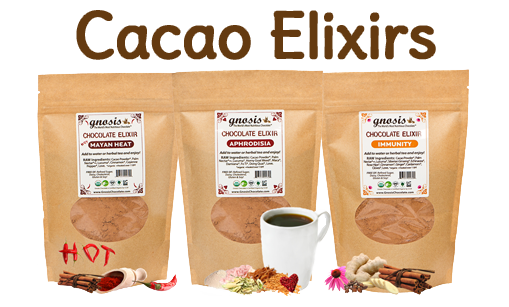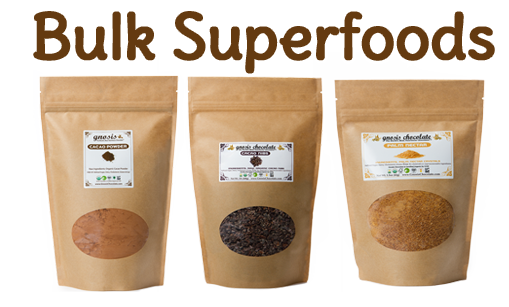Capture that Springtime Optimism!
 Saturday, March 29, 2014 at 7:17AM
Saturday, March 29, 2014 at 7:17AM
Spring is the season of new growth, and the signs of change are all around us. Flowers smatter parks and lawns, the days are longer, brighter and warmer, and our emotions are lifted by the extra light and raised temperature.
Springtime is seen as a time of growth, renewal, of new life being born, and of the cycle of life once again starting. It is also seen more generally as the start of better times. At this time of year we begin to feel less sluggish, and become more open to inviting changes – both big and small – into our lives.
The symbolism of spring is one most people can appreciate. In all cultural traditions, the world over, it is a time of re-birth and new beginnings. Whether it is the antics of the numerous fertility gods of rural communities, the Green Man festivities of pagan cultures or the Christian resurrection of Easter, springtime itself has never been a season to go unmarked.
The word Easter is supposed to derive from Eostre, the Anglo-Saxon goddess of spring, worshipped by some neopagans, who associate her with various aspects related to the renewal of life: spring, fertility and the hare (allegedly for its rapid and prolific reproduction). Modern worshippers and writers describe Eostre as a “goddess of Dawn” based on the etymological relationship between her name and the Anglo-Saxon word for ‘dawn’.
The egg motif of Easter can be seen as an underlying pagan and pan-religious symbol of birth and the continuity of life, and it is also part of the Passover ritual.
As God pronounced to the people of Israel enslaved in Egypt that he would free them (the Exodus), he said he would “Smite all the firstborn in the land of Egypt.” However, he instructed the Israelites to put a sign of lamb’s blood on their door posts: “and when I see the blood, I will pass over you.”
Such is a political story of liberation and refusal to be persecuted. It uses the symbol of a scorched hard-boiled egg for birth, renewal, beginnings, and fresh leaves – parsley or lettuce, again, for renewal and to celebrate spring and the refreshing of the cycle of life.
The tradition of Pancake Day stems from the need to clear out the larder of eggs, butter and milk before lent – a time in which to examine our lives and experience a new springtime of hope. These festivals are a call to positive-thinking. How can anyone not be inspired by the spirit of optimism that springtime seems to bring?
The new and rapidly-growing field of positive psychology has shown how important emotions such as hope, pleasure, humor, excitement, joy, pride and involvement are to human happiness.
One of the key elements of positive psychology is optimism, which its founder Dr Martin Seligman and others have shown has a major effect on human behavior. Not only do optimists get sick less often and recover from illness more quickly than others, but they also live longer.
Optimism can be built, these psychologists believe, leading to improved resistance to depression when bad events occur and better physical health. There are two important dimensions to optimism, says Dr Seligman, and they are linked to permanence and pervasiveness.
Pessimistic people believe that the reasons for bad things happening are permanent, whereas optimistic people consider them temporary. For example, a pessimist might say to their partner “You always nag”, when an optimistic person would say “You nag when I don’t do the dishes”.
Using qualifiers for bad events such as “sometimes” and “lately”, rather than “always” or “never” builds optimism. But the opposite applies to good events – an optimist will explain these by saying “I’m talented” or “I’m always lucky”.
Pervasiveness is to do with keeping problems in perspective. For pessimists, when one thread of their life breaks, the whole fabric unravels. Again, it comes back to having a specific explanation for bad events rather than catastrophizing. For example, saying “I’ll never learn Spanish in this class” rather than “I’ll never learn another language”.
The positive psychology approach also recommends building optimism by habitually recognizing and challenging pessimistic thoughts – something made much easier by the new season in which we can throw open the windows, and let in the fresh air and soft sunlight.
Spring has always been considered as a time for change and personal evolution, and another common way to embrace the sense of optimism and enthusiasm is to have a good old clear-out. Spring cleaning has a very valuable function, psychologists believe. We declutter our houses of anything that we needed around us to feel more comfortable during the long winter months, and we bring in new items, symbolizing new beginnings.
It’s the perfect time of year to seek out new objects that wipe out the remnants of winter and boost your mood for the new season. So grab the duster and the vacuum cleaner out of the back of the cupboard, and make a list too, so you are more efficient and afterwards, you can look back and say “I really got a lot done today”.
Ultimately spring is all about opportunity – a time for cultivating the qualities of courage and optimism, of strengthening the belief in ourselves and our powers to achieve and overcome obstacles – the greatest of which is perhaps our own fear, which prevents us from taking risks and stepping into the unknown.
As the days grow longer and warmer, we can choose to capture that sense of freshness and renewal in order it can be remembered, savoured and built on throughout the year.









Reader Comments